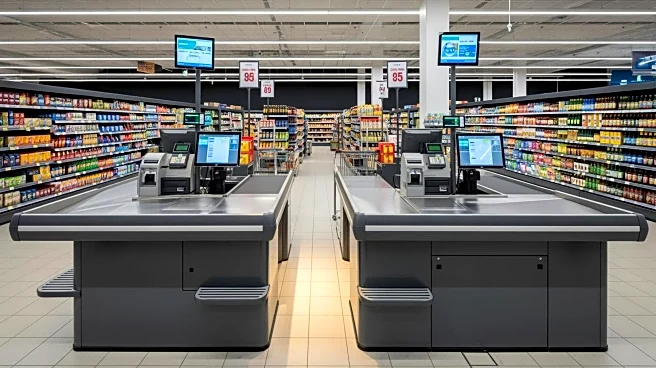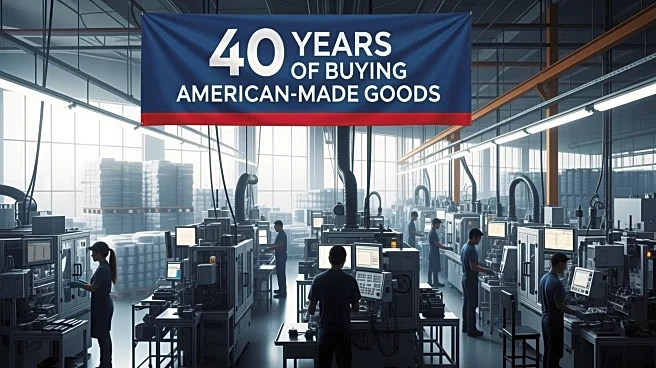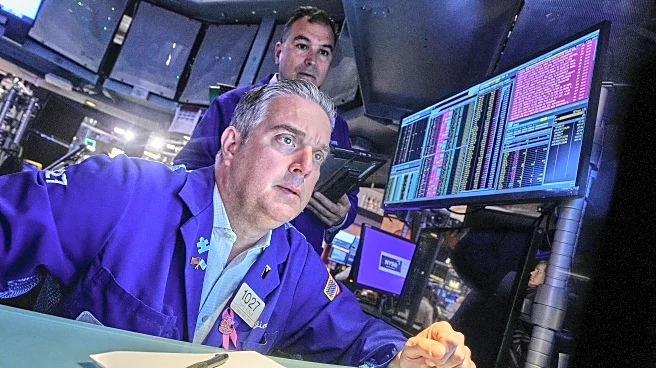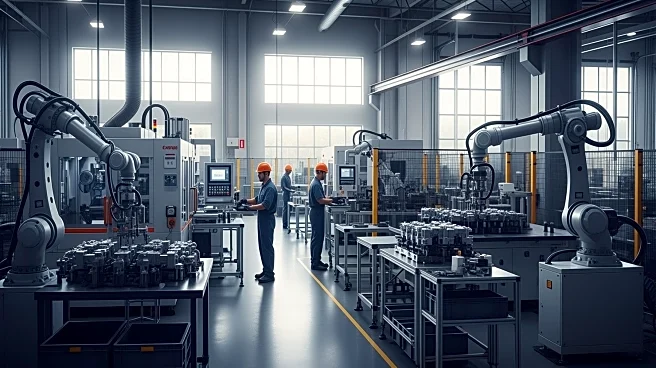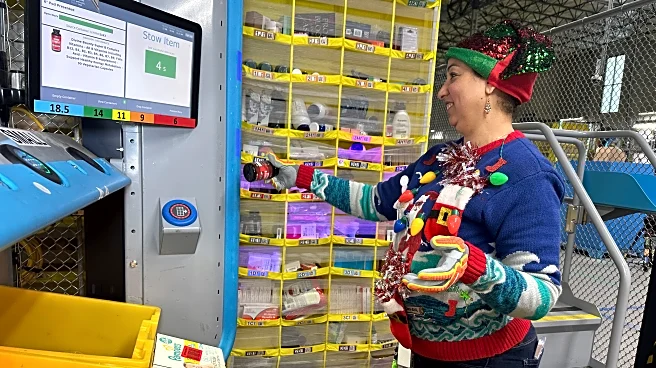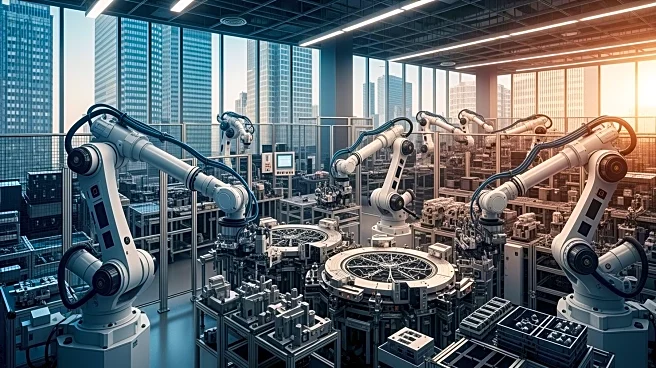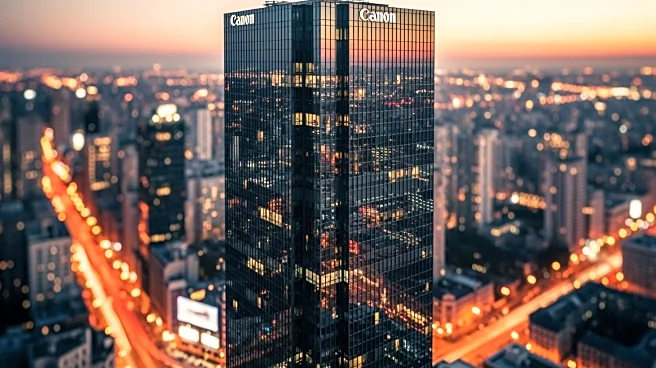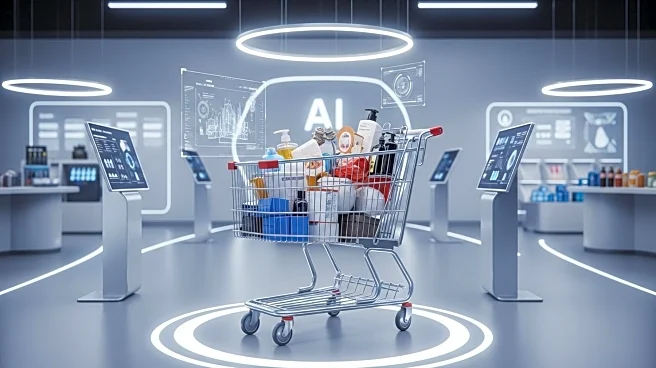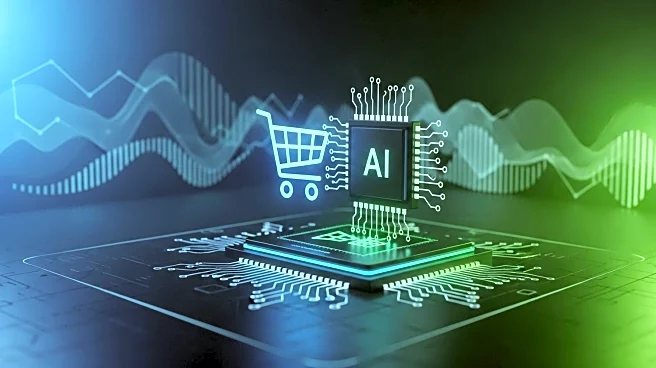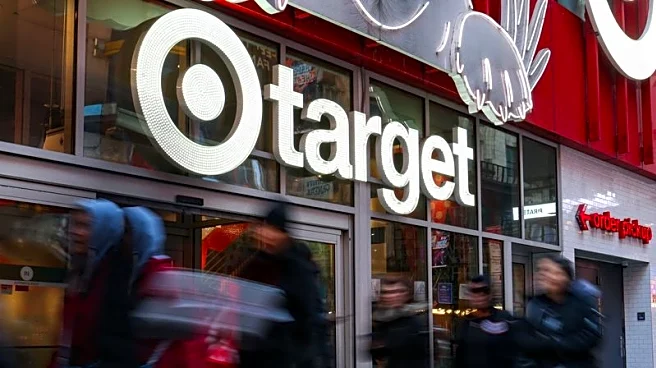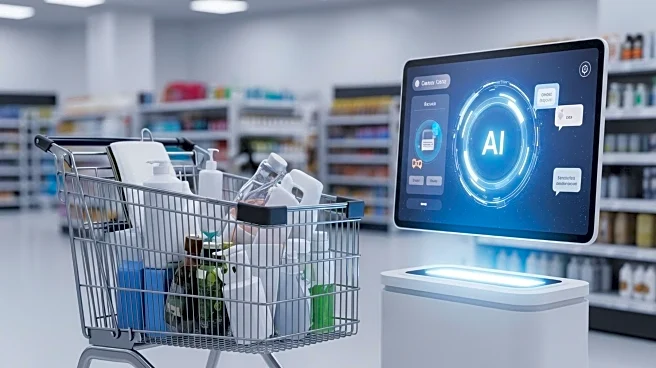What's Happening?
Retailers across the United States are increasingly removing self-checkout lanes due to growing concerns over theft. Consumer advisor Clark Howard notes that while these lanes offer convenience, they have become a target for shoplifters, prompting businesses
to reconsider their use. Major retailers like Walmart have already started removing self-checkout lanes in certain stores to combat the issue. Retail theft significantly impacts businesses, as every dollar lost to stolen merchandise directly affects their profits. In response, some retailers are exploring the use of AI systems to verify whether customers have paid for all items before leaving the store. Howard emphasizes that the cost of theft is ultimately passed on to consumers through higher prices, making it a concern for everyone.
Why It's Important?
The removal of self-checkout lanes by retailers highlights the broader issue of retail theft, which has significant economic implications. As businesses lose revenue due to stolen merchandise, they may increase prices to offset these losses, affecting consumers nationwide. The shift away from self-checkout lanes could also impact customer experience, as these lanes are valued for their convenience. Additionally, the exploration of AI systems to combat theft represents a potential shift in retail operations, with technology playing a more prominent role in ensuring security and efficiency. This development could lead to increased investment in technological solutions, impacting the retail industry's approach to theft prevention.
What's Next?
Retailers are likely to continue evaluating the effectiveness of self-checkout lanes and may further invest in AI systems to enhance security measures. As businesses seek to balance convenience with security, they may explore alternative solutions to address theft concerns. The retail industry could see increased collaboration with technology companies to develop innovative theft prevention strategies. Consumer advocacy groups may also become more vocal about the implications of these changes, particularly regarding price increases and the impact on customer experience. The ongoing dialogue between retailers, technology providers, and consumers will shape the future of retail operations.
